Mantle
The mantle is a layer of the Earth between the outer core and the Earth's crust. It is a thick, rocky layer that makes up about 84% of the Earth's total volume. The mantle is composed of solid rock, but it can flow slowly over long periods of time, which is why it is often described as having the consistency of plastic.
Composition of the Mantle
The mantle is primarily made up of silicate rocks rich in magnesium and iron. These rocks are known as ultramafic rocks and include minerals such as olivine and pyroxene. The mantle also contains small amounts of other elements such as aluminum, calcium, and sodium.
Structure of the Mantle
The mantle is divided into two main parts: the upper mantle and the lower mantle. The upper mantle is closer to the Earth's crust and is more rigid, while the lower mantle is hotter and more fluid-like. The boundary between the upper and lower mantle is known as the mantle transition zone.
Role of the Mantle
The mantle plays a crucial role in the movement of tectonic plates, which are large pieces of the Earth's crust that float on the semi-fluid mantle. The movement of these plates is responsible for phenomena such as earthquakes, volcanic eruptions, and the formation of mountain ranges. The mantle also influences the heat flow from the Earth's interior and is a key factor in the Earth's overall heat budget.
Study Guide Questions
- What is the mantle and where is it located in the Earth?
- What are the primary components of the mantle?
- Describe the structure of the mantle and its two main parts.
- How does the mantle contribute to the movement of tectonic plates?
- What role does the mantle play in the Earth's heat budget?
[Mantle] Related Worksheets and Study Guides:
.◂Science Worksheets and Study Guides Kindergarten. Our Earth
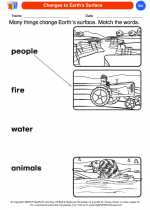
 Coloring Worksheet
Coloring Worksheet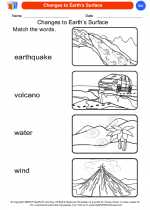
 Coloring Worksheet
Coloring Worksheet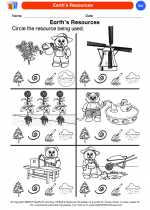
 Coloring Worksheet
Coloring Worksheet
 Coloring Worksheet
Coloring Worksheet
 Coloring Worksheet
Coloring Worksheet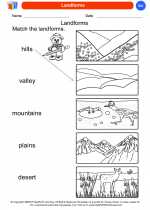
 Coloring Worksheet
Coloring Worksheet
 Coloring Worksheet
Coloring Worksheet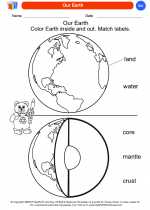
 Coloring Worksheet
Coloring Worksheet
 Coloring Worksheet
Coloring Worksheet
 Coloring Worksheet
Coloring Worksheet
 Coloring Worksheet
Coloring Worksheet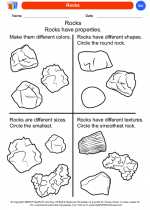
 Coloring Worksheet
Coloring Worksheet
 Coloring Worksheet
Coloring Worksheet
 Coloring Worksheet
Coloring Worksheet
 Coloring Worksheet
Coloring Worksheet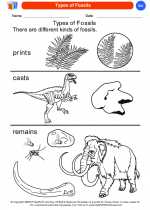
 Coloring Worksheet
Coloring Worksheet
 Coloring Worksheet
Coloring Worksheet
 Coloring Worksheet
Coloring Worksheet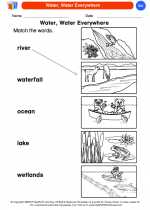
 Coloring Worksheet
Coloring Worksheet
